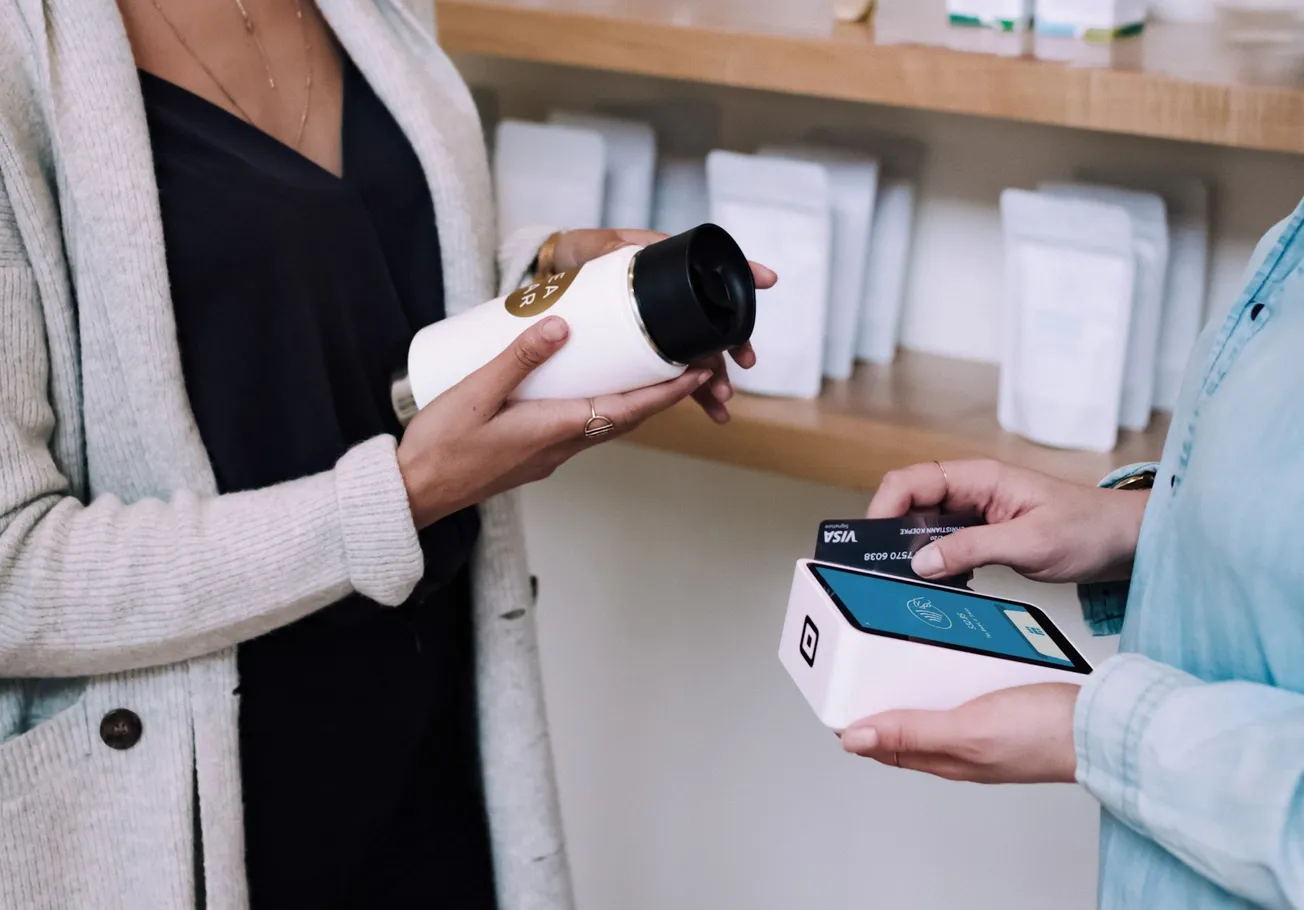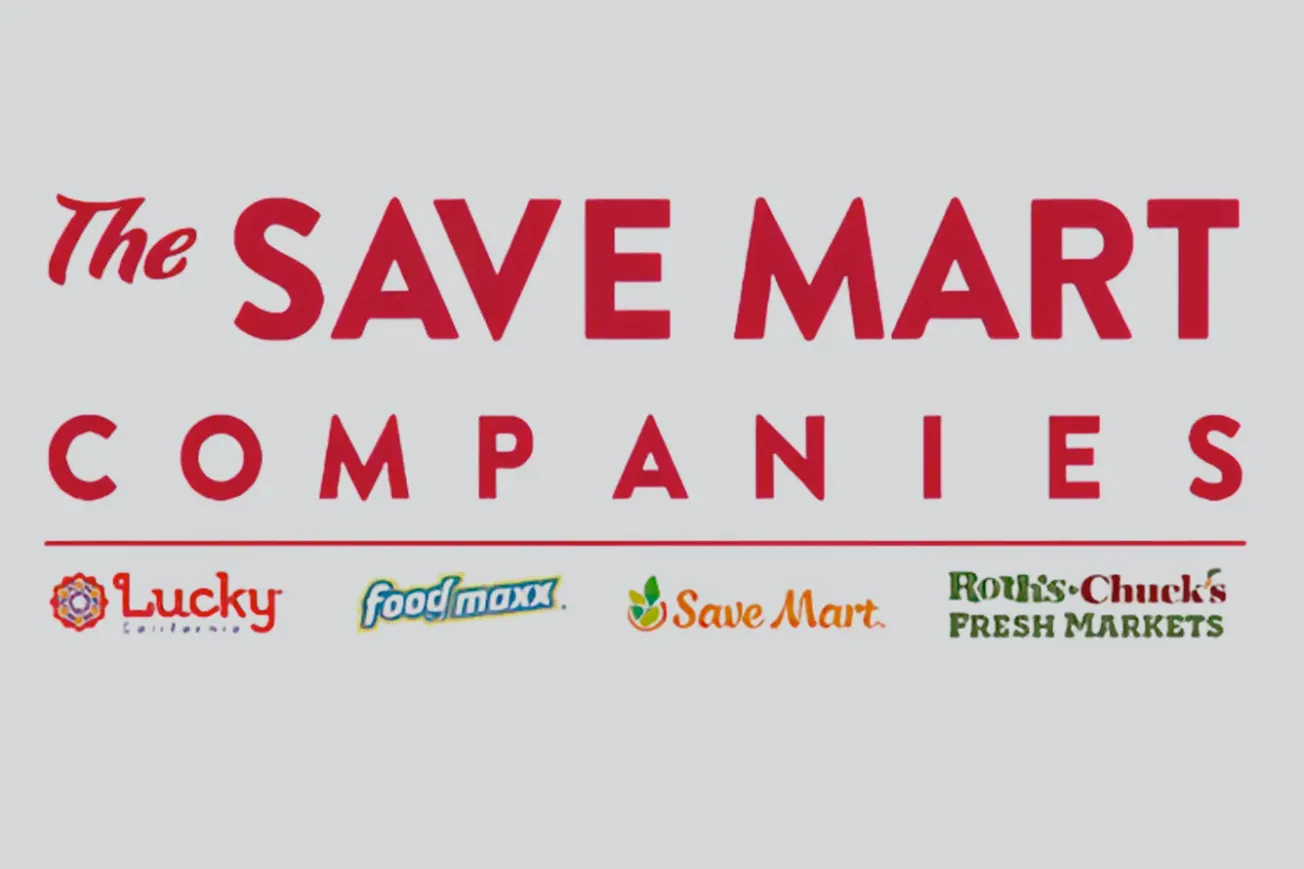The year is 1998 … Amazon, a budding company in Bellevue, Wash., has just gone public on the back of $610 million a year in online book sales. It makes its first big bet, expanding into video sales (actually, VHS tapes). The success of this new e-commerce category set the stage for further category expansion and rapid growth. By the following year, Amazon revenue jumped 169% to $1.64 billion. Still, it would take some time to match the retail giants of the day, with Walmart revenues alone topping $139 billion that year.
Flash forward: Today, Amazon has captured almost 50% of the U.S. e-commerce market, and it far outpaces the competition, selling $576 billion a year. The U.S. e-commerce market will hit $1.22 trillion this year, and every brick-and-mortar retailer is still playing catch-up to Amazon.
But now, we’re entering what I strongly believe is the next era — social commerce. I truly believe that social commerce in 2024 is what Amazon and the e-commerce renaissance were 25 years ago. It is again redefining how we discover products and how we shop online.
Already big in China, social commerce is in its infancy here. It’s still a blue ocean opportunity, but it won’t be for long. What exactly is social commerce? It’s the practice of selling products and services directly through social media platform apps. TikTok Shop, YouTube Shopping and Flip are the three leaders. They all allow a seamless shopping experience (think Amazon Prime). These platforms also allow everyday users to post videos about their favorite products and earn a real commission (think multi-level marketing type setup). This is not a typical e-commerce customer journey. It’s an exciting flywheel that’s very compelling to both brands and customers.
Why should you care about social commerce now? Consider this:
• Instagram has 138.5 million Americans spending 33 minutes per day.
• YouTube has 122 million Americans spending 49 minutes per day.
• TikTok has 170 million Americans spending 54 minutes per day.
Social Media has our mind-share — and now our wallets, too.
Social commerce generated an estimated $75.6 billion in revenue in the U.S. last year, and some forecasts suggest it could reach a GMV (gross merchandise value) of $150 billion by 2028. Just look at TikTok Shop. It’s expected to increase U.S. commerce sales tenfold in 2024 and is on track toward a GMV of $20 billion. Plus, demonstrating a brand’s virality on TikTok has become an important factor in securing distribution. Merchants know TikTok viral moments boost sales there and across other platforms.
We advise our clients to focus on creating TikTok-first social content, with a plan to cross-post on other platforms for optimal results. When developing your strategy, lean into five key levers:
• Ensure effective paid media spend.
• Scale up affiliate partnerships.
• Create high-performing affiliates.
• Steady stream shoppable content.
• Lean in on interactive live shopping events.
When it comes to scaling effectively on TikTok, you’ve got two routes: On your own, you can piece together your own cross-functional team from various resources, or you can “hit the easy button” and team up with a TikTok shop partner. The DIY approach might sound tempting — but juggling multiple experts to handle and integrate content, strategy and analytics can leave you managing lots of moving parts. On the flip side, leveraging a TikTok shop partner can dramatically simplify your path forward. From day one, you can trust that your brand campaigns will be optimized for TikTok’s unique features and audience. Just ensure you’re working with a TikTok-preferred partner — MPG is not only one of them, but the best (shameless plug!). These partners are hand picked by TikTok due to their demonstrated success on the platform. They understand the ins and outs of the TikTok algorithm, understand the latest trends and audience behavior, and are granted direct access to TikTok advanced tools, exclusive features and support.
Either way, I repeat: You cannot afford to ignore the rise of social commerce. If your brand isn’t on TikTok shop and optimizing cross-platform social commerce, you’re missing a major opportunity. The incremental revenue clients are generating through social commerce is staggering. The content generated by their affiliates and creators is “thumb stopping,” and live shows are generating real revenue. With less competition than Amazon and other dot-coms, it’s also far less expensive to acquire customers and faster to scale. It’s not always easy to be out there at the start of a major trend, but the rewards are great. Are you content to wait on the sidelines, or are you ready to take the leap and be at the forefront of the next major retail wave?
Jason Reiser is president of omnichannel commerce for Market Performance Group, marketperformancegroup.com.










